Can’t enjoy your iPhone to the fullest as it’s very slow and lags even while performing basic tasks? Learn what to do if your iPhone apps take ages to open, crash, freeze, stutter while switching, or you face similar other issues.

Your iPhone lags and feels slow because of one of these reasons:
- You haven’t restarted it in a long time.
- Your phone is abnormally hot or cold.
- You’re running an older version of iOS that doesn’t play nicely with third-party apps.
- Some iPhone settings are causing the device to lag.
- Your iPhone has run out of local storage.
- The connected Wi-Fi is terribly slow.
- The iPhone battery health is degraded because of which performance is limited.
- Your iPhone is an older model from several years back.
Now that you know the reasons, check out these 18 tips to fix a slow iPhone and regain performance.
1. Restart your iPhone
If you have not restarted your iPhone in a long time, it may feel slow, and apps may take time to open. The camera may also refuse to work from the Lock Screen, animations may lag when you switch apps or go to the Home Screen, and there may be similar irritating problems.
The quickest way to address this annoyance is by turning off your iPhone and turning it back on after a minute. Doing this will clear the unnecessary app caches, fix temporary glitches, and restore the performance to normal.
For a consistently good experience, it would be best to make it a habit to restart your iPhone at least every few days.
2. Turn off Low Power Mode
Low Power Mode is designed to extend your battery life by cutting down some features. As a result, things might take a bit longer to complete. If your iPhone is adequately charged, you should keep this feature turned off so that the iPhone functions at its usual speed without any power restrictions forcing it to slow down. Go to Settings > Battery to disable Low Power Mode.
3. Lock your iPhone and let it cool down
When I’m out on a sunny day, my iPhone screen brightness automatically goes up to the maximum. The outside temperature adds to it, which heats up the device. And if I use the Maps app, things worsen. I have often noticed that my iPhone slows down in these situations. To fix this, lock the device and let it cool down. Another good option is to turn it off for 5 minutes or so.
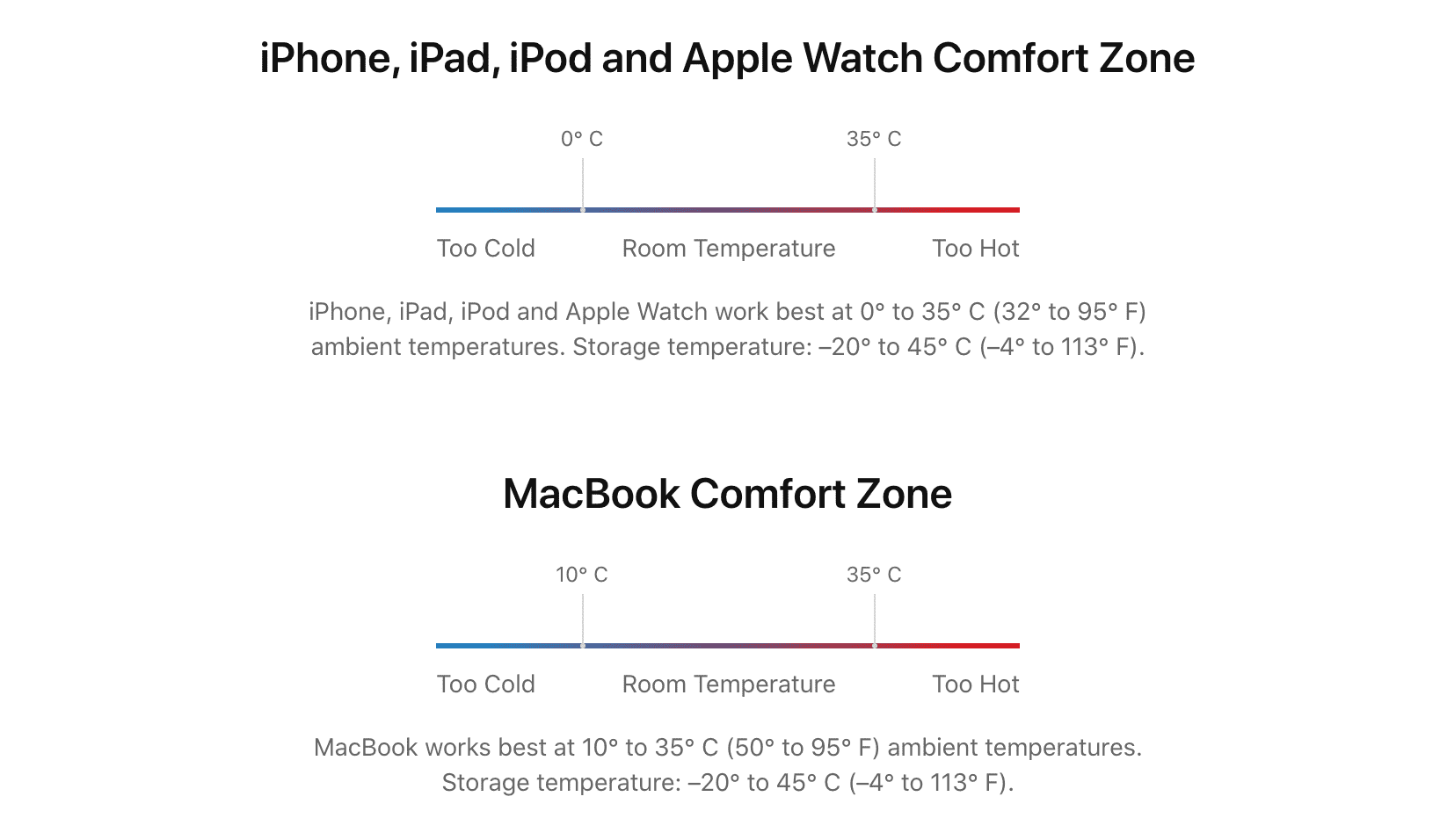
4. Force quit unnecessary apps
We don’t recommend that you force close apps often as it can negatively affect the battery backup. But if you have several unnecessary apps open, you can force quit them to make things a bit better. For instance, once your Uber ride is complete and you don’t need this app anytime soon, it’s ok to close it.
5. Update your iPhone
Your iPhone may slow down because of bugs in the iOS version currently installed on it. Apple is usually quick to fix such issues and you can get the fix by updating to the latest version of iOS currently available for your device.
6. Clear the iPhone RAM
iOS has excellent RAM management. However, in some cases, a poorly coded app may unnecessarily consume more RAM than what’s required, resulting in poor performance, especially on older iPhones. You can address this by purging the RAM.
7. Remove unnecessary apps
Unnecessary apps clutter your iPhone Home Screen, occupy storage, may slow down the device, and don’t serve much purpose. Delete such apps from your iPhone, and if you ever need one, you can easily re-download it from the App Store. Remember that even if you delete a paid app, you don’t have to purchase it again and can simply re-download it from the App Store.
8. Free up space
Go to iPhone Settings > General > iPhone Storage to see how much free space you have. If it’s almost full with just a few hundred MBs or a GB free, follow these instructions to free up space. Once you have freed up a few GBs, your iPhone should start feeling snappier.
9. Clear Safari website data
Safari keeps a log of websites you visit and their data like cache, cookies, and so forth. When your iPhone feels slow, clearing the Safari cache should help. Start by going to the Settings app > Safari and tap Clear History and Website Data.
10. Stop unnecessary apps from accessing the location
Undoubtedly, apps like Uber, food delivery, maps, weather, and more need your location to function. But several apps work perfectly fine without the need to access your location constantly.
When your iPhone is slow, check which apps are always accessing your location and block them from doing so.
1) Open Settings and tap Privacy & Security.
2) Tap Location Services.
3) Find the unnecessary app(s) that have your location access and tap it.
4) Select Never.
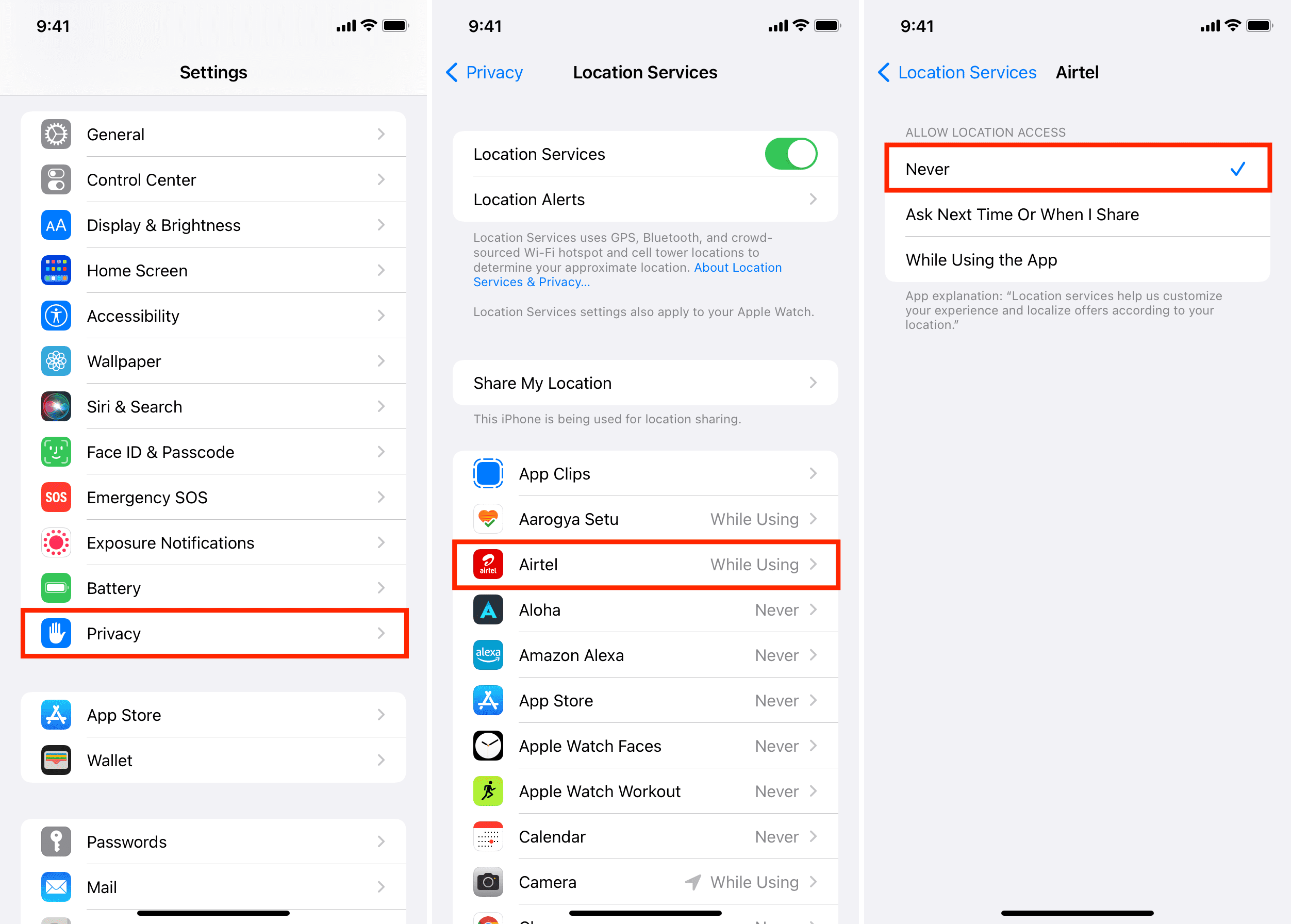
You can also follow the above steps and choose While Using the App in order to permit the app to access your location.
11. Turn off Background App Refresh
Background App Refresh makes the apps continuously use system resources to refresh in the background and fetch new data. When your iPhone performs slowly or lags in regular tasks, consider turning it off from Settings > General > Background App Refresh.
I have turned off Background App Refresh for all apps except WhatsApp and Slack. One downside to this selective approach is that Background App Refresh is enabled by default for all new apps I download. So, I have to come here again to turn it off for that newly downloaded app. But if you turn off Background App Refresh entirely, you don’t have to worry about it.
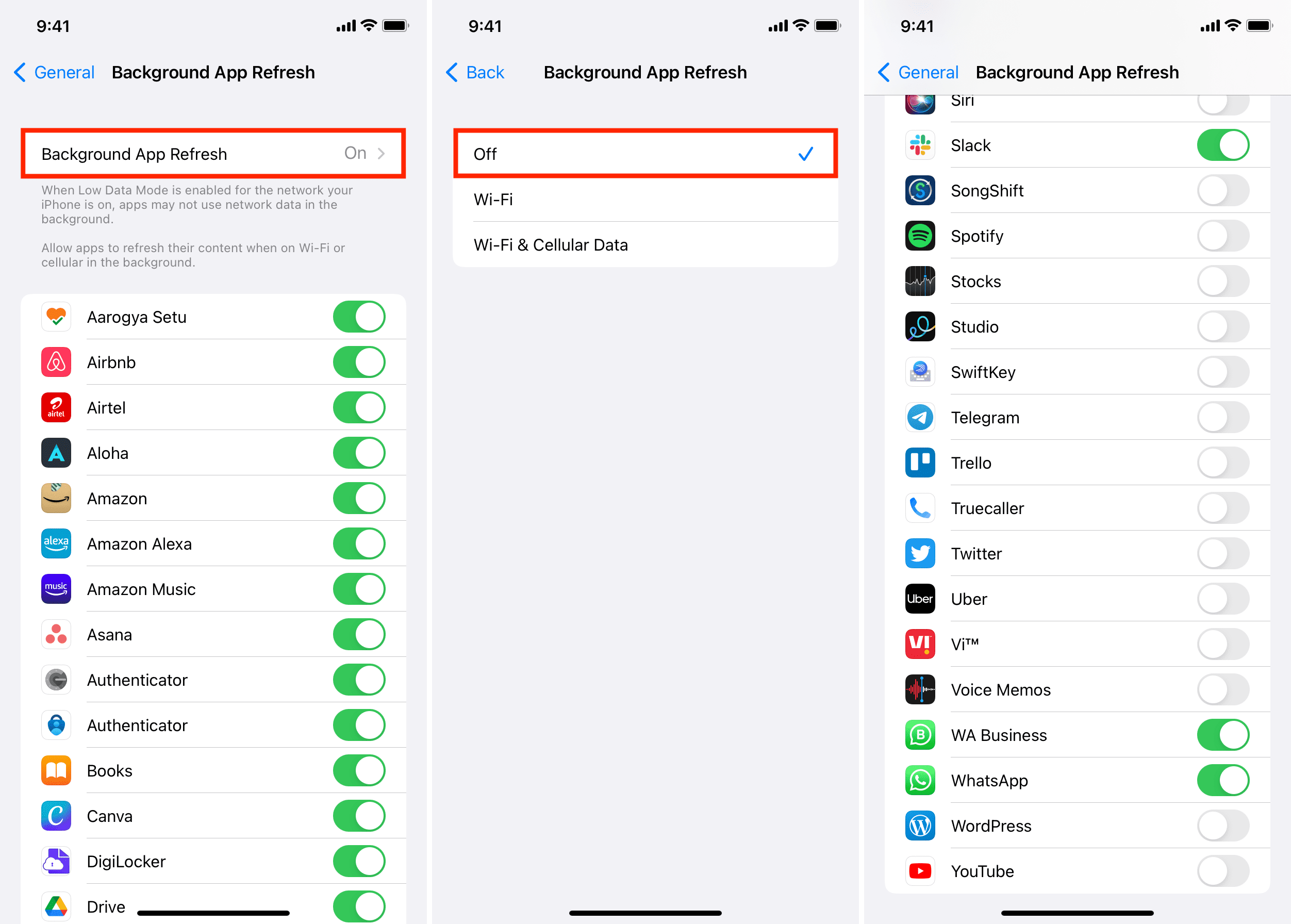
12. Turn off automatic downloads and updates
This is another way to ensure your iPhone does less work on its own and keeps system resources free. Go to Settings > App Store or other app names like Music, Books, Podcasts, and turn off automatic downloads and updates for apps, music, books, and podcasts.
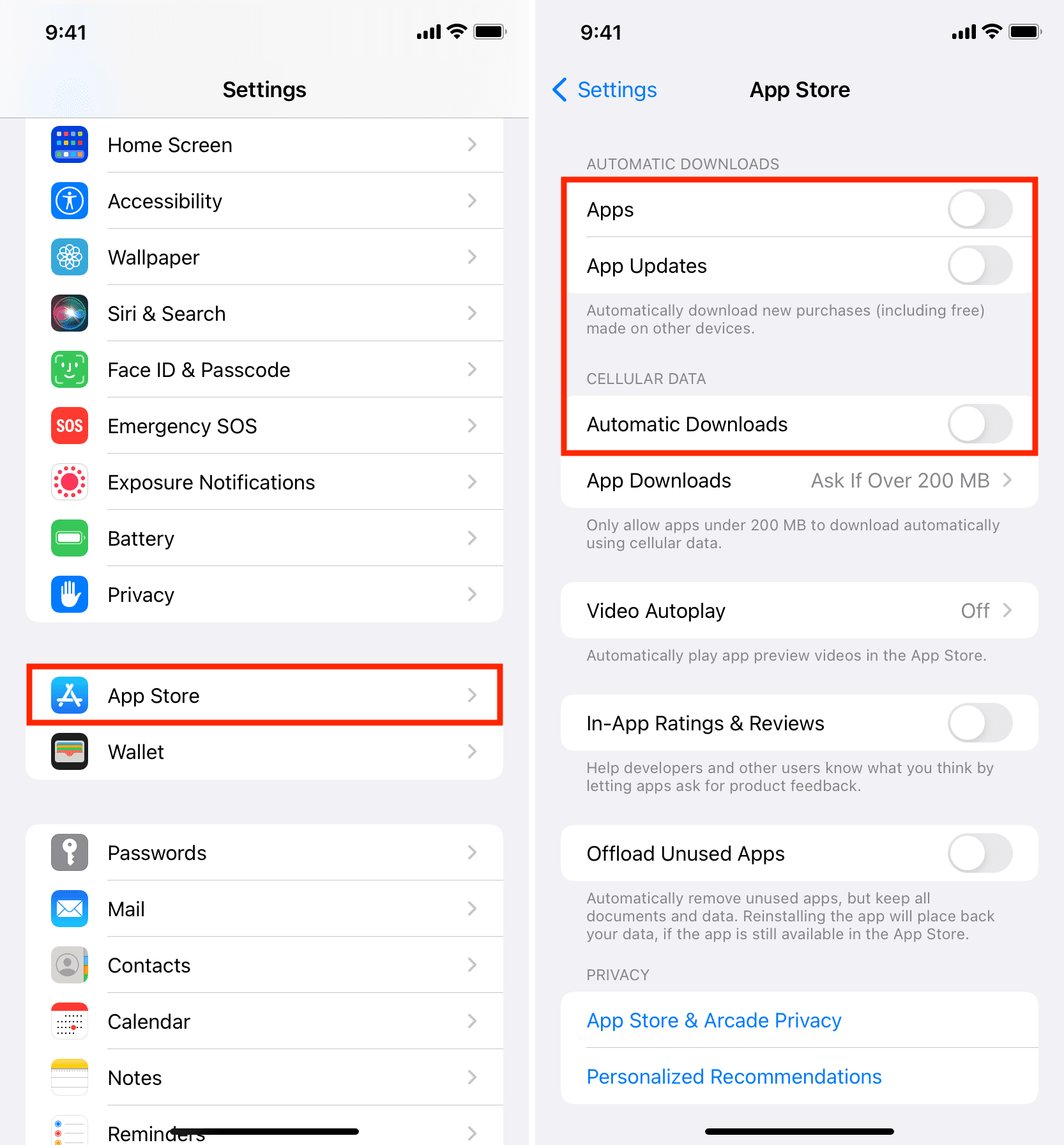
13. Change new Mail fetch settings
The Mail app continuously uses system resources to fetch new emails from the server. When your iPhone is slow, you can change the mail settings to fetch data less often or fetch it manually. Your iPhone can use the freed-up system resources for other tasks, making your experience a tiny bit better.
1) Go to Settings and tap Apps > Mail.
2) Tap Accounts or Mail Accounts.
3) Tap Fetch New Data and turn off Push. Under Fetch, you can choose Manually. Plus, for other accounts and calendars, you can select Manual. See the right screenshot below.

14. Use fewer widgets on the Home Screen and Today View
All iOS widgets frequently refresh (like the Weather widget) to show you the most relevant information at a glance. This sounds useful, but it also means continuously using RAM, battery, and processing power. Though it has little effect, reducing the number of widgets will clean the look and improve things on a slow iPhone.
15. Connect to a faster Wi-Fi
Websites and apps take time to load when you’re on a slow Wi-Fi network. Plus, apps that need internet connectivity might not work properly in the background and show no new notifications. All this leads to a slow and painful iPhone experience. To fix this, switch to a different, faster network. And if that’s unavailable, try using your cellular data (5G or 4G).
16. Reset all settings
After you reset all settings, every setting you have ever changed or added, like Wi-Fi, Bluetooth, keyboard, VPN, and more, will go back to default. This won’t delete personal stuff like apps, music, photos, etc. Usually, when things aren’t going right with the device and basic fixes like restarting don’t work, resetting the settings helps.
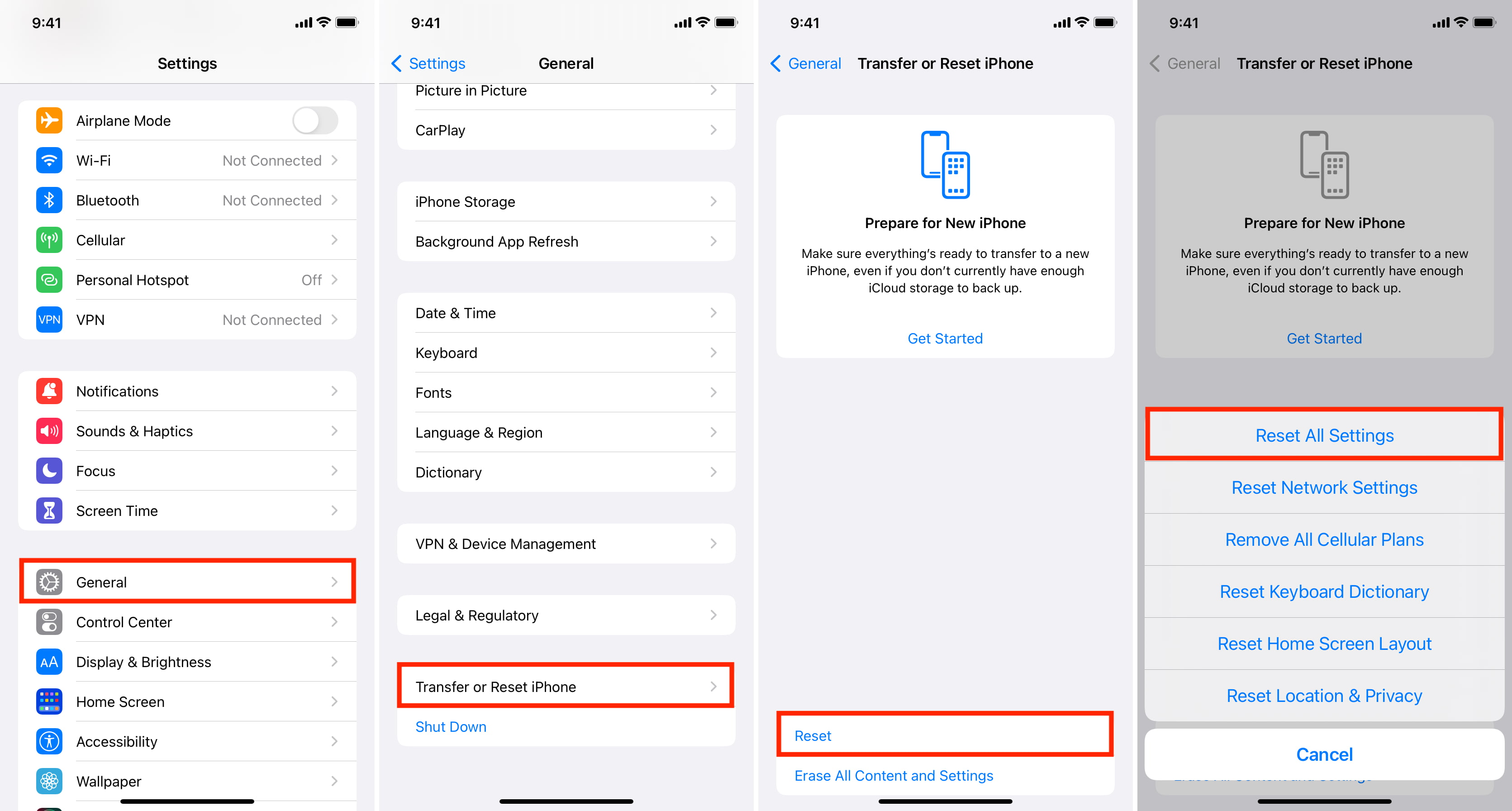
Once the reset completes, things should work fine. But this also means you’ll have to spend some time configuring your settings again to your liking.
17. Restore your iPhone and set it up as new
Before you proceed with this, here are a few important things to know:
- One solution is to erase everything and then restore the backup to get everything back.
- However, in rare situations, restoring from a backup may bring along the same problem with itself. So, if that happens to you, set up your iPhone as new (that is, do not restore the backup).
- Even if you decide to go with the second option, it is vital that you create a backup of your iPhone to your Mac, PC, or iCloud.
Here are all the resources to help you with erasing and restoring your device:
- Steps to erase everything on your iPhone, iPod touch, or iPad
- How to set up a new iPhone from an iCloud backup or computer backup
- 30+ things I always do when setting up a new iPhone
18. Replace iPhone battery
If your iPhone is old, chances are its battery is worn out. And when the battery is degraded to a considerable extent, your device doesn’t perform at its peak capacity. It slows down to ensure reliability. For instance, on an old battery, your iPhone may experience random shutdowns, and things may appear unreliable. To address this, the iPhone favors stability over the highest performance.
If your iPhone battery is significantly degraded for a long time and shows you a message asking to get the battery serviced, it’s time you pay attention to it. Visit an authorized Apple store to get the device serviced.
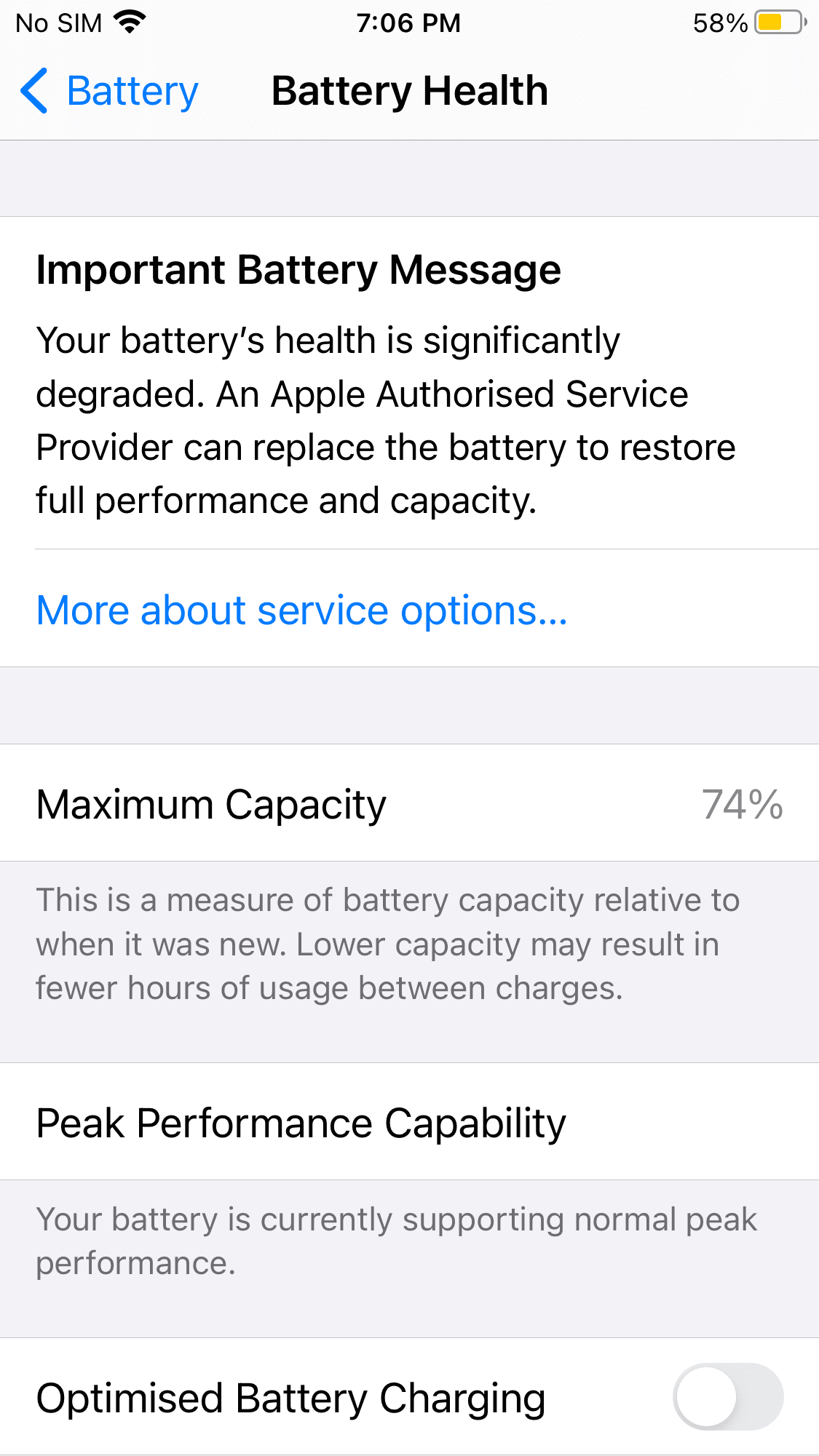
Upgrade to a new iPhone
Like all electronics (and many other things in life), the iPhone naturally slows down over time. This is because of larger apps, modern versions of iOS, new demanding features, and similar other factors. So, if you have had enough and none of the above solutions (including setting it up as new) work, you may look for ways to save money and consider getting a newer model of iPhone.
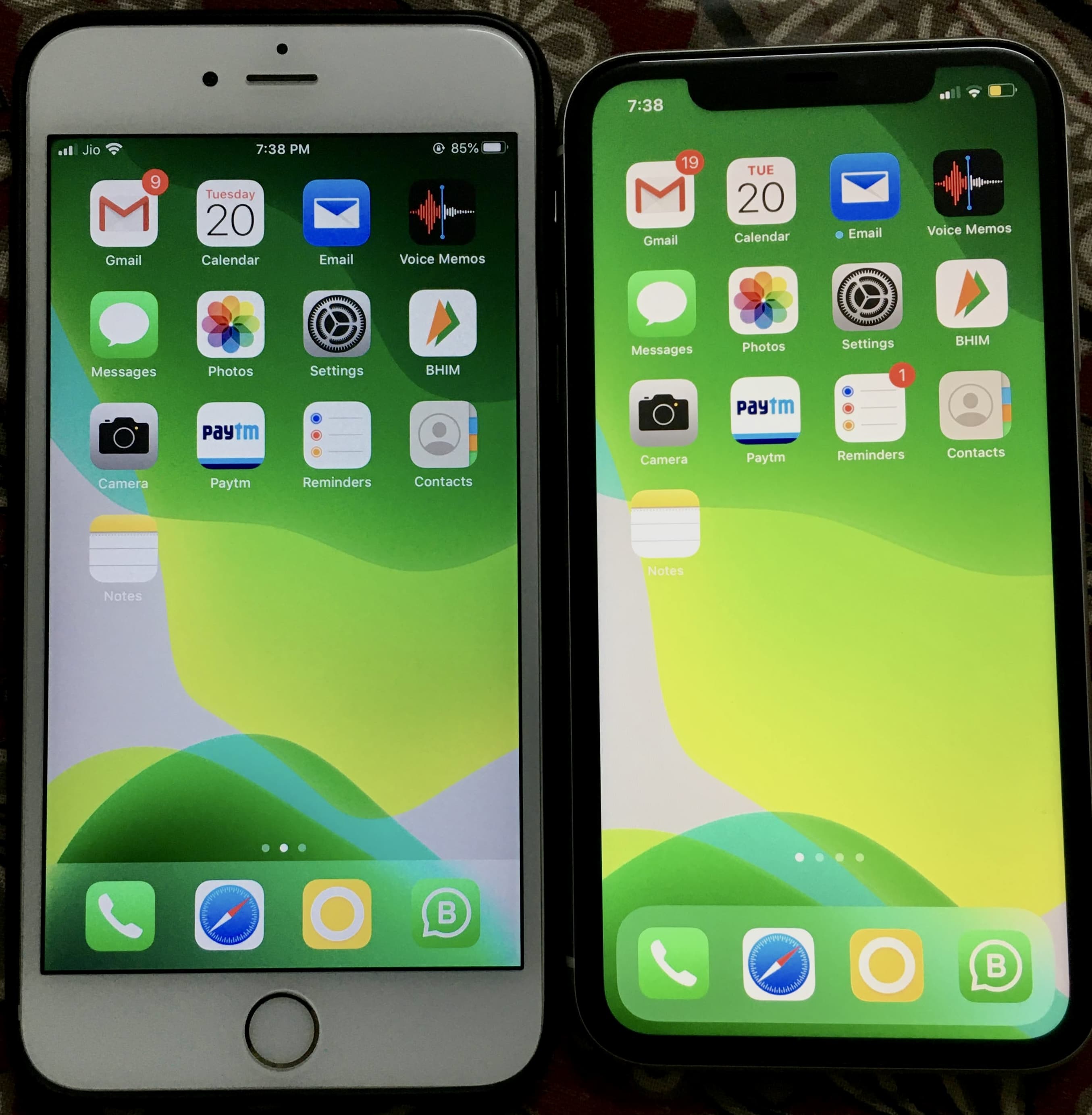
I used a 16 GB iPhone for a long time, and it had become painfully slow. There was almost nothing I could do. Payment, bank, chat, and all essential apps used to take time to open. Apps like WhatsApp kept crashing because of insufficient free space. It had become frustrating. I was already saving to get one for a while, and when I saw the free AirPods offer during the holidays, I bought a newer iPhone for a supercharged experience.
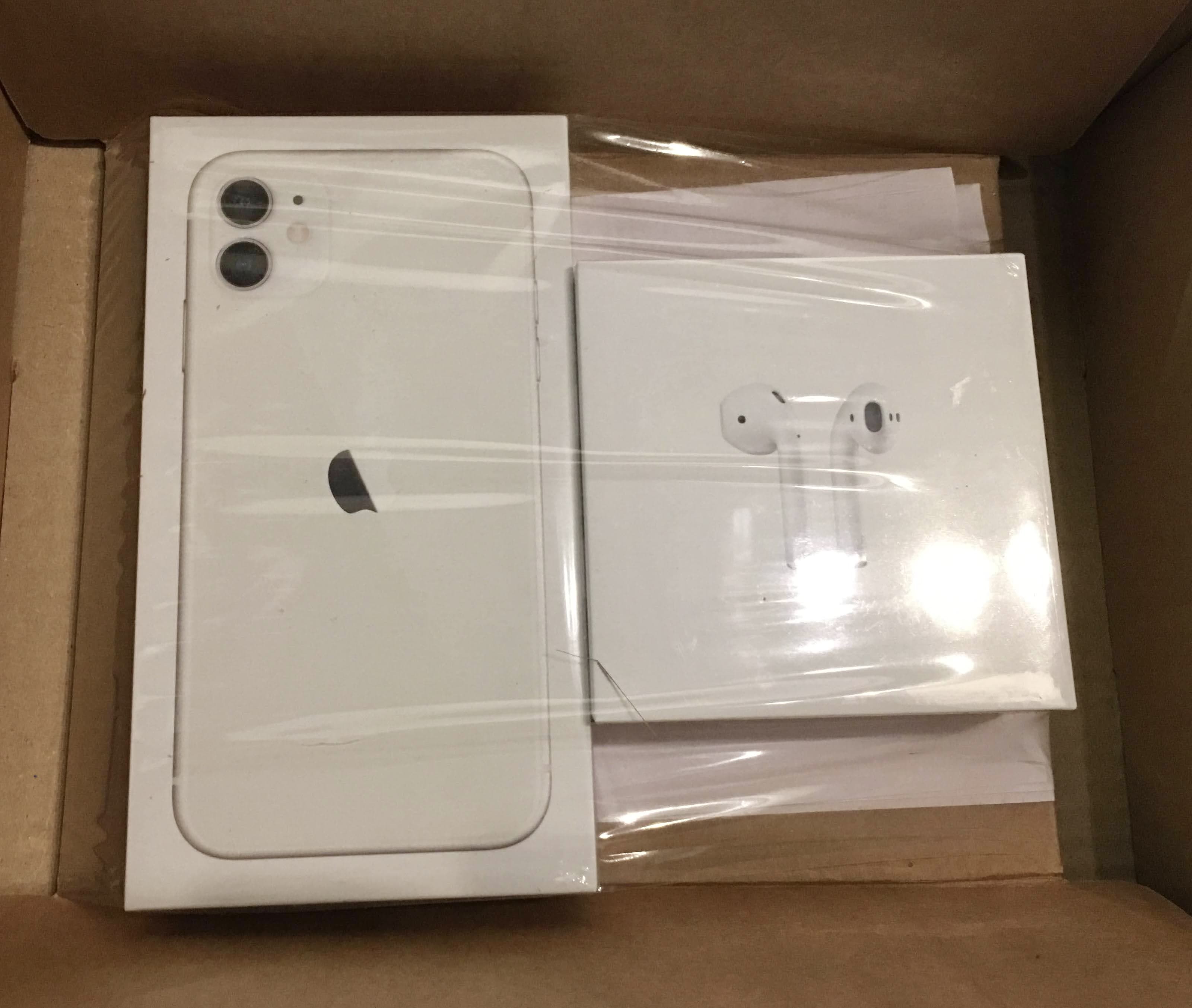
Check out new iPhones on Amazon
The above tips should help you fix a slow iPhone.
If you have not jailbroken your device or installed custom, unknown profiles, you can rule out the possibility of viruses or malware on your device. And if you believe your iPhone is infected, erasing it is the only reliable way to fix it (already mentioned above).
Overall, we can conclude that for most people, restarting the iPhone regularly, keeping only useful apps, having sufficient free space, and operating the device in non-extreme temperatures should prevent it from slowing considerably.
On a related note: Why your Mac is slow and 14 tips to fix it